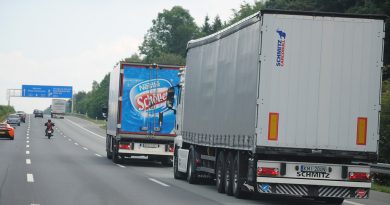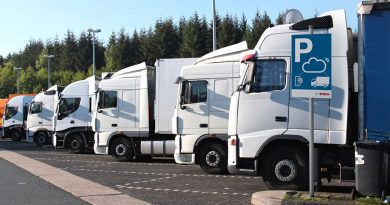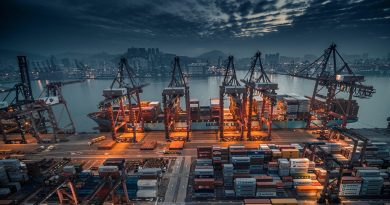Cargo crime in Serbia – What do the statistics say?
A somewhat unusual case took place in mid-September in Paris, when a truck carrying about 50 expensive pieces of clothing “disappeared” on the road from the airport to the final destination, thus once again proving that cargo thieves have no preference when it comes to the type of goods they steal. Unlike the former “trend”, when cigarettes or consumer electronics were mainly targeted, over the past few years, almost every type of goods have been stolen, including Balmain designer dresses.
The safety of transported goods has always been an important issue. Although the data shows that companies have become significantly more proactive over the past five years than it was the case before the pandemic and are taking various measures to protect themselves (resulting in a reduction in thefts), this is no reason to relax as long as news about cargo incidents continues to dominate in the media.
Last year, Serbia was an infamous “record holder” in the list of incidents reported to the database of the Transported Asset Protection Association (TAPA). The TIS Intelligence system received a report that in December 2022, a theft of goods with a value of an incredible 5.5 million euros took place in the town of Vojvodinci near Vršac!
In the world of supply chain security, it’s good to talk, TAPA experts say. This Association was founded more than two years ago by supply chain security experts in the technology industry after companies recognized that they had a far greater chance of reducing cargo crime if they shared security intelligence, experiences, and best practices. However, it is not always as easy as it sounds, TAPA says: competition and commercial pressures often make cooperation impossible, even though it shouldn’t be that way.
The PlutonLogistics portal spoke with the representatives of the Association about their cargo crime statistics in Serbia, as well as how active companies from our country are in reporting and sharing data when such a case occurs.
The challenge for TAPA EMEA is that we have very little intelligence on cargo crime incidents in Serbia – just 32 crimes in the last 2 years have been reported to the Association, our interlocutors underlined.
The highest recorded loss in Serbia was the abovementioned case in Vojvodinci which had a value of €5,535,000, while type/s of goods stolen were not confirmed.
The only other major loss (which TAPA EMEA clarifies as a crime with a loss value of goods worth €100K or more) was in June 2022 and involved the theft of cables worth €102,191 from an Origin Facility in Nis.
– Of the data we do have, it is clear that many incidents do lead to arrests by Serbian police, which is naturally encouraging news – our interlocutors say.
As in the rest of EMEA (Europe, Middle East, and Africa), TAPA suspects that cargo crime in Serbia is significantly under-reported to the Association.
– The Association is keen to receive more sources of cargo theft intelligence in Serbia because this will help companies gain a better understanding of the types of risks their supply chains may face and enable them to use solutions to mitigate these threats.
TAPA EMEA underlined that it is important to note that the Association never records the names of companies that have suffered losses.
– We only ask for information on when, where, and how a crime occurred, the M.O. used by criminals, the products targeted and, if available, the value of the stolen goods.
In the EMEA region as a whole in the last 3 years, TAPA EMEA has received reports of over 70,000 cargo thefts from supply chains in over 90 countries in the region. Only 10% of these crimes told TAPA EMEA their loss value but these 10% still accounted for total product losses of more than €578 million – or an average loss of over €527,000 for every single day of the last 3 years, TAPA experts told PlutonLogistics.
PlutonLogistics editorial office also sent a request to the Serbian Ministry of Internal Affairs for official statistics on the theft of cargo/goods transported by trucks (or other cargo vehicles) on the territory of Serbia. Read more about it soon on our portal.





